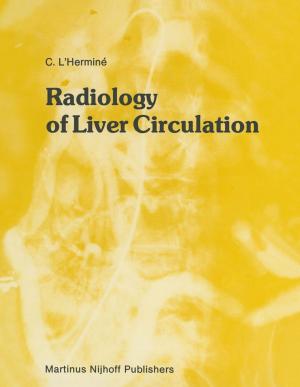Methodologies and Results in Grapevine Research
Nonfiction, Science & Nature, Technology, Food Industry & Science, Agriculture & Animal Husbandry| Author: | ISBN: | 9789048192830 | |
| Publisher: | Springer Netherlands | Publication: | October 19, 2010 |
| Imprint: | Springer | Language: | English |
| Author: | |
| ISBN: | 9789048192830 |
| Publisher: | Springer Netherlands |
| Publication: | October 19, 2010 |
| Imprint: | Springer |
| Language: | English |
Grapevine is a crop of major economical interest, and wine represents a multicultural heritage which has been growing since several milleniums. Yet, modern viticulture must face several challenges. Global climate has increased berry sugar content (and alcohol in the wine) whereas phenolic and aromatic ripeness are not always achieved. Water supply is becoming shorter. New varieties better adapted to new climatic conditions might have to be planted, which may affect wine typicity. Phytochemical treatments are more controlled, and the consumer pays increasing attention to environmentally safe practices. New methods reducing pesticide use, but maintaining yield and typicity, must be designed. The present book illustrates the recent progress made in ecophysiology, molecular and cell biology, and pathology of grapevine, as well as in precision viticulture and berry composition. Combination of these new tools with field observations will undoubtly make it easier to face the challenges described above. These multidisciplinary contributions will be of interest to anyone involved in grapevine and wine activities.
Grapevine is a crop of major economical interest, and wine represents a multicultural heritage which has been growing since several milleniums. Yet, modern viticulture must face several challenges. Global climate has increased berry sugar content (and alcohol in the wine) whereas phenolic and aromatic ripeness are not always achieved. Water supply is becoming shorter. New varieties better adapted to new climatic conditions might have to be planted, which may affect wine typicity. Phytochemical treatments are more controlled, and the consumer pays increasing attention to environmentally safe practices. New methods reducing pesticide use, but maintaining yield and typicity, must be designed. The present book illustrates the recent progress made in ecophysiology, molecular and cell biology, and pathology of grapevine, as well as in precision viticulture and berry composition. Combination of these new tools with field observations will undoubtly make it easier to face the challenges described above. These multidisciplinary contributions will be of interest to anyone involved in grapevine and wine activities.















